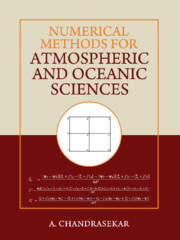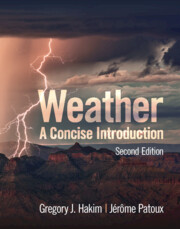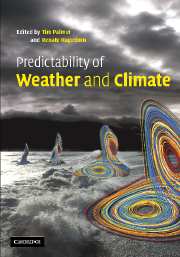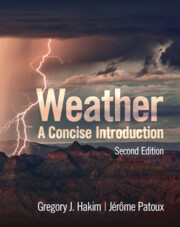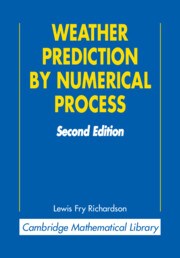The Emergence of Numerical Weather Prediction: Richardson's Dream
Lewis Fry Richardson dreamt that scientific weather prediction would one day become a practical reality. Before his ideas could bear fruit several advances were needed: better understanding of the dynamics of the atmosphere; stable computational algorithms to integrate the equations; regular observations of the free atmosphere; and powerful automatic computer equipment. By 1950 advances in all these fronts were sufficient to permit the first computer forecast to be made. Over the ensuing fifty years progress in numerical weather prediction has been dramatic. Weather prediction and climate modelling have now reached a high level of sophistication. This book, first published in 2006, tells the story of Richardson's trial forecast, and the fulfilment of his dream of practical numerical weather forecasting. It includes a complete reconstruction of Richardson's forecast, and analyses in detail the causes of his failure. This will appeal to everyone involved in numerical weather forecasting, from researchers and graduate students to professionals.
- Includes a complete reconstruction of Richardson's forecast and analyses, in detail, the causes of his forecast failure
- Presents a comprehensive account of the emergence of modern weather prediction.
- Discusses the key topic of atmospheric balance on full detail
Reviews & endorsements
"The Emergence of Numerical Weather Prediction is the best single source available for understanding Richardson's forecast--better even than Richardson's own book.... Lynch's book is more than just a historical case study--he has provided an insider's guide to how weather prediction works.
Brian Hayes, American Scientist
"...Lynch serves as an experienced guide--a trusted leader and companion who possesses the macroscopic view of Richardson's work and adds detail from his pervasive knowledge of the subject. Beyond the knowledge, he has the gift of writing where hard mathematical fact is eloquently mixed with history and that occasional but welcome tincture of humor. ... [this author gives] us the solid theory that is masterfully blended with history. The subjects come to life and inspire us. [This book] has a special place on my bookshelf. It is a treasure, and I will refer to it often." - John M. Lewis, Bulletin of the American Meteorological Society
Product details
July 2014Paperback
9781107414839
292 pages
244 × 170 × 15 mm
0.47kg
Available
Table of Contents
- Guiding signs
- Preface
- Acknowledgements
- 1. Weather and prediction by numerical process
- 2. The fundamental equations
- 3. The oscillations of the atmosphere
- 4. The barotropic forecast
- 5. The solution algorithm
- 6. Observations and inital fields
- 7. Richardson's forecast
- 8. Balance and initialization
- 9. Smoothing the forecast
- 10. The ENIAC integrations
- 11. Numerical weather prediction today
- 12. Fulfilment of the dream
- Appendix 1. Table of notation
- Appendix 2. Milestones in Richardson's life and career
- Appendix 3. Laplace tidal equations: separation of variables
- Appendix 4. Richardson's forecast-factory: the $64,000 question
- References
- Index.


